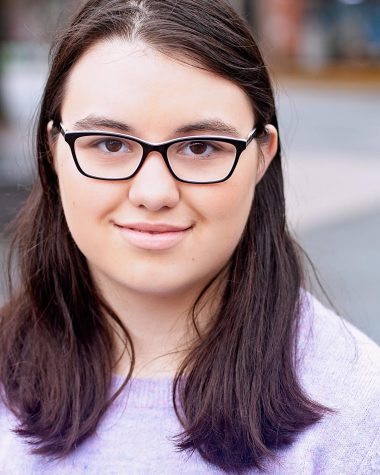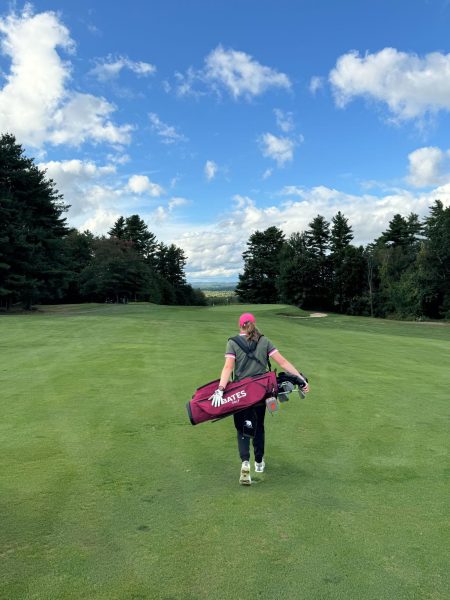Challenging White Supremacy in Dance Outside the Bates Bubble
In March of this year, Alexandria Onuoha ’20 published an article in The Bates Student on her experiences with racism in the dance department. The arts, especially arts curriculum, in the United States has a long history of racism and, in particular, white supremacy. A majority of the work Bates students are taught, at least in the theater and dance department, is in styles which originated in Europe or the United States. In theater, most of these styles were popularized by white men in particular. Dance then adds on an appearance piece in a way other arts don’t; dancers are expected to have certain builds and certain levels of flexibility, otherwise they will not be taken as seriously.
These ideals continue outside of a college curriculum, though, leading Onuoha to host a talk July 14 entitled “Dancing Around White Supremacy,” which was also the name of her article. Mickai Mercer ‘19 and Seattle artist Alicia Mullikin also participated in the conversation.
Mullikin was particularly candid about her experiences with white supremacy in dance. Mullikin is a chicana dancer who self-identifies as plus-size and brown, two traits that are not considered to be parts of the “ideal dancer.” Having physical ideals of performers or athletes is dangerous before you even factor in race. It is well-documented that ballerinas are at increased risk of eating disorders compared to non-dancers. But it’s more than just body fat. Mullikin went on to explain that the ideal dancer is female, thin, short, white, blonde-haired, blue-eyed and trained in ballet or modern.
These three dancers do not fit into that ideal. Mercer is 6’3″. Onuoha grew up dancing Afro-Caribbean styles. Mullikin became interested in dance through more rhythmic styles like hip-hop and jazz, but when she expressed interest in being a professional dancer, she was told to study only ballet and modern.
Mullikin described her journey as “[spending] a lot of time trying to fit into boxes that were never meant for me,” in perhaps the most powerful moment of the night. Having the courage to own your journey and experiences is hard enough without bringing in shame over factors you cannot control.
In addition to sharing their experiences, Onuoha, Mercer and Mullikin also discussed how to combat white supremacy in the arts. For Mullikin, this involves getting back in touch with her roots and creating dances like “Reina,” inspired by her grandmother. “If y’all aren’t gonna let me into these spaces after I did everything you told me to do, then I’m just gonna make my own spaces,” she said.
For Mercer, it means creating environments where everyone feels accepted, safe and their truest self. One of the pieces he created at Bates centered on the idea of skin,and had performers of all different races in the company. It was important to him that his dancers be able to step into the studio and “forget about dance for a minute and just live in their truth.”
As a sort of final send-off, Onuoha asked the audience if being an artist means being antiracist. Lauren Reed ‘23, also a BIPOC dancer, expressed that if dance and art are about building a community and sharing experiences, then the process should reflect that. The arts have a long way to go towards achieving full equity and diversity. Dancing around white supremacy is no longer an option. Artists and creators need to acknowledge it, call it what it is and push back against it. The syllabi, training programs, important figures, who is onstage and who is in the wings all matter. It is time to be honest about the exploitative history of these art forms and to make sure that we no longer allow the exploitation of BIPOC to occur.
In addition to leading the talk, Onuoha has created a document with resources for fighting racism in dance and also to support herself, Mercer and Mullikin in creating work that celebrates and highlights BIPOC artists. While much of the content is in reference to dance, as Onuoha pointed out at the top of her talk, these same actions and conversations can apply to the arts and almost every other field. Let’s get to work!
Your donation will support the student journalists of Bates College and help us cover our annual website hosting costs.

Olivia Dimond is a junior from Richmond, Virginia studying theatre and education. In addition to working with The Bates Student, she is a tour guide and...






